Itaru Sekiguchi first heard the Great Organ of the Paris Notre Dame cathedral when he was 10. The “infernal sound” changed his life forever.
“It was a bit of a culture shock,” he said.
Today the Japanese, 53, is one of a handful of specialists entrusted with tuning and voicing the fabled instrument as Notre Dame prepares to reopen on Dec. 7 after a devastating fire in 2019.
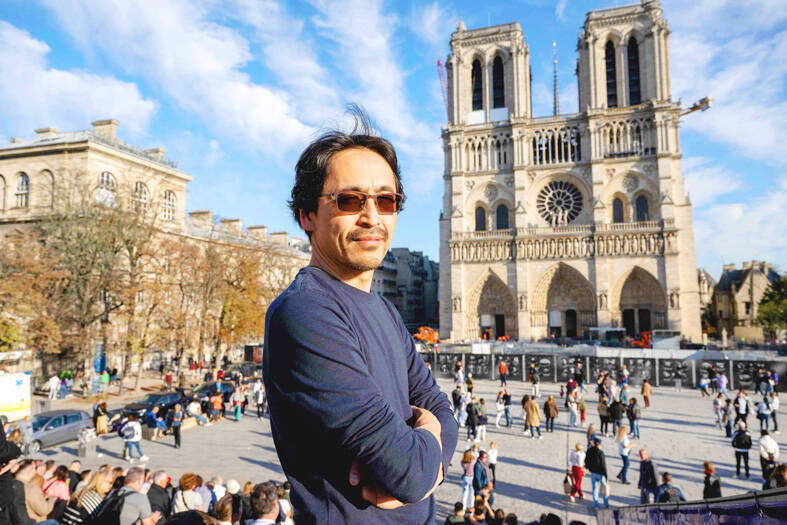
Photo: AFP
The near 300-year-old colossus was miraculously spared by the flames.
Sekiguchi moved to France in his 20s to become an organ builder and restorer, dreaming of a chance to work on the “voice” of the masterpiece of Gothic architecture.
“I wanted to come to France because that’s where it’s happening, but when I told my family, they thought I was a bit out of my depth,” said Sekiguchi, who hails from Sendai in northeastern Japan, speaking in fluent French.
In 2018, he became the cathedral’s official organ builder, responsible for the day-to-day maintenance of France’s largest musical instrument, which is the height of a four-story building.
The voice of the monument since 1733, the organ has 8,000 pipes and a sound when in full flight that its players describe as truly symphonic.
“It was my dream. It gave me a chance to get to know the instrument a little better,” said Sekiguchi, who has lived in the central Correze department for a quarter of a century.
For three weeks a month, Sekiguchi handled maintenance operations, including tuning the organ, adapting to the constraints of one of the most visited places in France.
“Time is very limited,” he said. “You have to work at night because otherwise it disturbs the tourists, but also because you need absolute silence for the tuning.”
That dream was short-lived.
A year later, a fire ravaged the cathedral, and Sekiguchi lost his job.
He found solace in knowing that the organ was spared by the flames and was doused with relatively little water as firefighters fought to save the historic structure.
“I was afraid for the organ because during the night we didn’t know what was going on, we had contradictory information, it was a nightmare,” he said.
He is convinced that any major damage would have been irreversible.
“Today, we wouldn’t be able to do the same thing,” he said.
Although it was not directly affected by the fire, the instrument still sustained damage.
Lead residue seeped into the organ and the instrument was further weakened by scorching temperatures during a summer heat wave in 2019.
In December 2020, the organ was dismantled and sent for expert restoration. Three organ-building workshops were involved in the restoration work.
After the work was completed, Sekiguchi and other specialists began to tune and voice the instrument, again working at night.
The question on everyone’s lips is, how will the Great Organ sound after being restored and when the cathedral opens its doors again?
“It’s very difficult to give the right tone. A pipe can speak in 1,000 different ways,” said organ builder Olivier Chevron, who invited Sekiguchi to work on the project.
The task is so specific that the organ builders make their own tools, some of which have no name, and rely on their know-how and subjectivity.
“It’s difficult to describe the sound of a great organ,” said organ builder Bertrand Cattiaux, who hired Sekiguchi in the early 2000s.
“For me, it reflects the sound color of the cathedral,” said Cattiaux, who was in charge of the maintenance of the Great Organ at Notre Dame for many years. “It was a warm instrument, not tense or aggressive.”
Sekiguchi has also been summoning his memories to help voice the instrument.
Despite the mammoth task, he has relished the opportunity to help restore the French icon.
“It’s a lot of things, a lot of honor, but also a lot of work and responsibility,” he said. “It’s just incredible.”
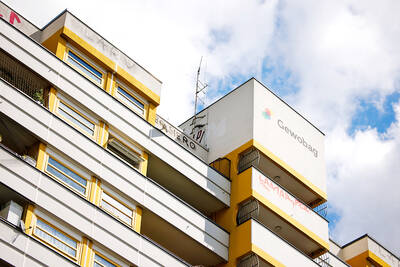
When an apartment comes up for rent in Germany’s big cities, hundreds of prospective tenants often queue down the street to view it, but the acute shortage of affordable housing is getting scant attention ahead of today’s snap general election. “Housing is one of the main problems for people, but nobody talks about it, nobody takes it seriously,” said Andreas Ibel, president of Build Europe, an association representing housing developers. Migration and the sluggish economy top the list of voters’ concerns, but analysts say housing policy fails to break through as returns on investment take time to register, making the
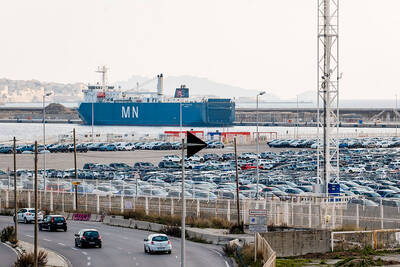
‘SILVER LINING’: Although the news caused TSMC to fall on the local market, an analyst said that as tariffs are not set to go into effect until April, there is still time for negotiations US President Donald Trump on Tuesday said that he would likely impose tariffs on semiconductor, automobile and pharmaceutical imports of about 25 percent, with an announcement coming as soon as April 2 in a move that would represent a dramatic widening of the US leader’s trade war. “I probably will tell you that on April 2, but it’ll be in the neighborhood of 25 percent,” Trump told reporters at his Mar-a-Lago club when asked about his plan for auto tariffs. Asked about similar levies on pharmaceutical drugs and semiconductors, the president said that “it’ll be 25 percent and higher, and it’ll
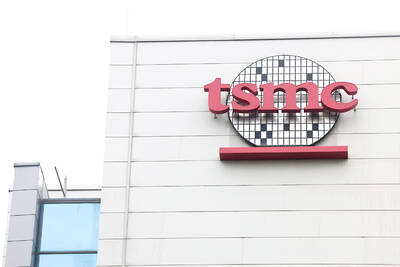
NOT TO WORRY: Some people are concerned funds might continue moving out of the country, but the central bank said financial account outflows are not unusual in Taiwan Taiwan’s outbound investments hit a new high last year due to investments made by contract chipmaker Taiwan Semiconductor Manufacturing Co (TSMC, 台積電) and other major manufacturers to boost global expansion, the central bank said on Thursday. The net increase in outbound investments last year reached a record US$21.05 billion, while the net increase in outbound investments by Taiwanese residents reached a record US$31.98 billion, central bank data showed. Chen Fei-wen (陳斐紋), deputy director of the central bank’s Department of Economic Research, said the increase was largely due to TSMC’s efforts to expand production in the US and Japan. Investments by Vanguard International
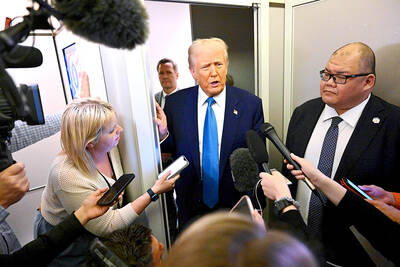
WARNING SHOT: The US president has threatened to impose 25 percent tariffs on all imported vehicles, and similar or higher duties on pharmaceuticals and semiconductors US President Donald Trump on Wednesday suggested that a trade deal with China was “possible” — a key target in the US leader’s tariffs policy. The US in 2020 had already agreed to “a great trade deal with China” and a new deal was “possible,” Trump said. Trump said he expected Chinese President Xi Jinping (習近平) to visit the US, without giving a timeline for his trip. Trump also said that he was talking to China about TikTok, as the US seeks to broker a sale of the popular app owned by Chinese firm ByteDance Ltd (字節跳動). Trump last week said that he had